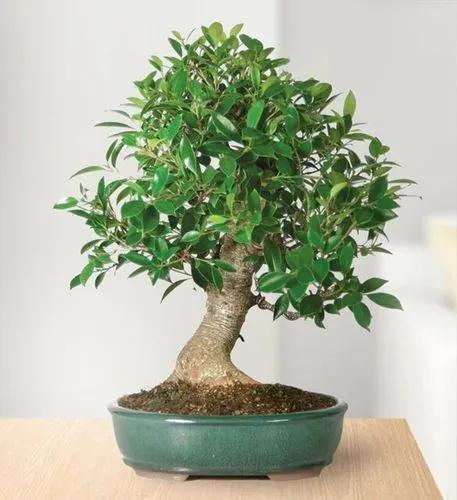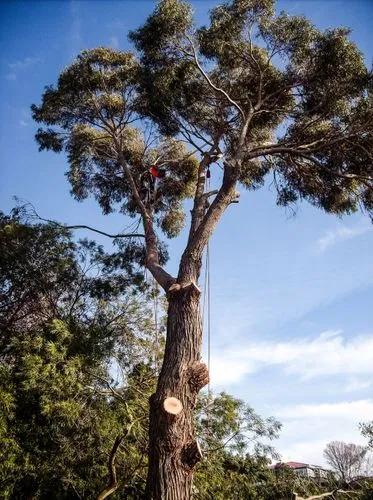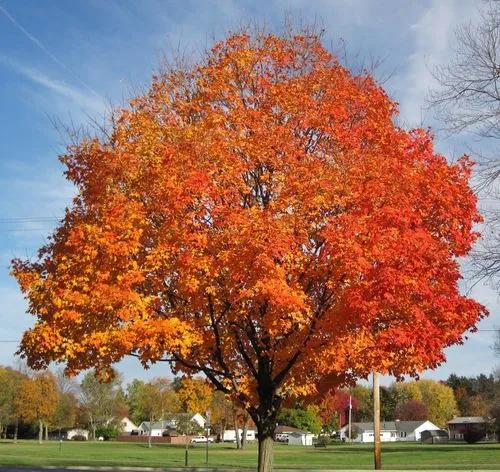Quercus imbricaria, the shingle oak, is a deciduous tree in the red oak group of oaks. It is native primarily to the Midwestern and Upper South regions of North America, from southern New York west to northern Illinois and eastern Kansas, and south to central Alabama and Arkansas. It is most commonly found growing in uplands with good drainage, less often along lowland streams, at 100–700 m altitude.
Shingle Oak Care
Quercus Imbricaria



A tree usually 50–60 feet (15–18 meters) high, maximum height one hundred, with broad pyramidal head when young, becoming in old age broad-topped and open. Rare in the east, abundant in the lower Ohio Valley and middle Mississippi Valley. It reaches its largest size in southern Illinois and Indiana, although the national champion is 104' by 68' in Cincinnati, OH.
Bark: Light brown, scaly; on young stems light brown, smooth. Branchlets slender, dark green and shining at first, later become light brown, finally dark brown. Wood: Pale reddish brown, sapwood lighter; heavy, hard coarse-grained, checks badly in drying; used for shingles and sometimes in construction. Sp. gr., 0.7529; weight of cu. ft., 46.92 lbs. Winter buds: Light brown, ovate, acute, one-eight inch long.
How to Care for the Plant

Popularity

330 people already have this plant 19 people have added this plant to their wishlists
Discover more plants with the list below
Popular articles






